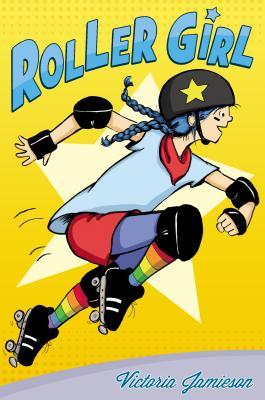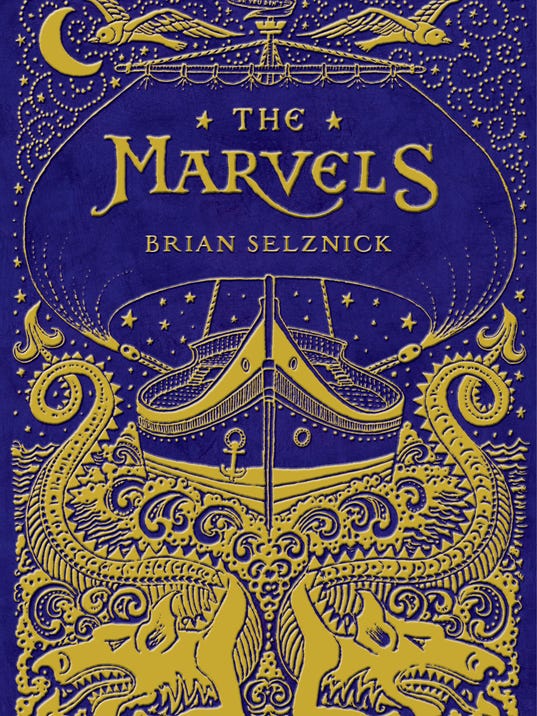Several weeks ago I was asked to do a 10-minute presentation during the 2nd round of Supercharged Storytime Training through WebJunction. My topic was "How do I incorporate alphabetic knowledge in storytime?" I was so excited to participate in this live webinar with children's librarians from five different states! Here is my presentation.
Earlier this year I was able to go through supercharged storytime training through a webinar and some in-house training with
my Early Learning team. It is wonderful
to know that that storytimes the library provides do, in fact, have a positive impact on
children and their learning. That
research validates my work and also energizes me to plan meaningful storytimes for our
youngest library members. The main thing I have learned from Supercharged Storytime training I can sum up in one word—and that is intentionality!
For me
supercharged means to be more intentional in planning storytimes. It means to take a little time to identify
the things I am already
doing and extend or expand those things.
It also means to always be on the look out for
ways to enhance storytime using supercharged principles. Because I take a little time to identify
early learning skills during my planning I feel prepared to share those things
with parents and caregivers during storytime. It really doesn’t
take much time to supercharge your storytime, just a little thought and planning. However, supercharged elements greatly enhances your storytime.
Today I will share with you just a few ways I emphasize
alphabetic knowledge in storytime.
The first, and most basic way I share alphabetic knowledge with
my all ages storytime group is to sing the ABC Song every week as part of our
welcome song. I made up this little song
about storytime before we sing before actually singing the ABCs; but that, of
course, is optional. I have a large ABC
chart that I display and I use a pointer to point to each letter as we sing it.
I make a concerted effort to really slow down during
the L-M-N-O-P (the pointer helps) to help the children distinguish between the
letters.
With older children I have done the ABCs in a chant,
which helps children pay attention to the letter names and to the printed
letter. Again I point to each letter as
we say it.
ABC
Chant
A...B...CDE
F...G...HIJ
K...L...MNO
P...Q...RST
U...V...WXY
Now it's
time to say goodbye
Zzzzzzzzz!
Mel’s desk has an idea page about other tunes you can sing
the ABCs to for additional alphabet practice.
I love to use the Bingo song as a way to emphasize
alphabetic knowledge. I like to change
it up for all kinds of themes—just about any 5 letter word will work. Some I have done are…
Teddy, rainy, piggy, green, hippo
Children are drawn to the first letter of a word when they
are learning about words in print. One
of the first letters they learn is the first letter of their own name. That first letter in any word is so
important.
So I mix up Bingo by taking letters away from the end of the
word, so that first letter is emphasized. Another advantage to this is you can
read shorter words that made up the longer word—rain, pig, ted. I’ve done this for several years and found it
works wonderfully well.
Whether you do the traditional or revised BINGO song, be
sure to have the letters displayed on a flannel or magnet board and pointing to
each letter as you sing it. This helps
to reinforces alphabetic knowledge.
Anything I found to be helpful when emphasizing alphabet
knowledge in storytime is to use books with alliterations in title. This is a cue for me to point out the first
letter in each word, make an observation that they are the same, ask the
children if they know the name of the letter, name the letter, make the
letter’s sound and emphasis that letter sound while reading the title again.
Today we are going to read a book called Silly Sally by
Audrey Wood. Hey, I just noticed that
the words in the title, Silly Sally, both start with the same letter. Who knows what letter this is? The letter S.
It sounds like /s/. /s/ Silly /s/
Sally. Let’s find out what Sally does
that is so silly!
The same thing could be done with The Very Lazy Ladybug and
other books that have alliteration.
I also love to point out alliterations in the text. This means you cannot read the book straight
through; however, pausing to point out the alliteration in the text can help
children pay attention to a repeating sound.
One example is Jane Yolen’s Off We Go! Each animal has an alliteration about how it
is getting to grandma’s house. For
example, the mole digs his way to grandma’s.
Mole really likes the letter d /d/.
He goes “dig deep, diggigty deep”.
I encourage the children to say it with me.
Of course, children learn best when they are playing—so,
time permitting, allow children opportunities to play with letters! Here are some of the alphabetic knowledge
activities I do with children.
Playdough with letter cookie cutters
Stamps
Magnet letters
These are very simple activities, but they give children
hands-on experiences with letters.
You’ll notice that children gravitate to using letters to “write” their
name.
Finally, I just want to share with you a few websites that I
use as resources to find alphabetic knowledge ideas to use in storytime
I love to reference Preschool or homeschool blogs and
websites. Two I often visit are
The Measured Mom and
Playdough toPlato. They have specific pages with
ideas and links to fun ways to play with and learn the alphabet.
I avoid “write the letter worksheets”—instead I look for
interactive, playful, and hands-on activities.
I have also gathered
a lot of ideas from Pinterest. I’ve made
an
alphabet activity board so I can readily store and retrieve ideas.
Thank you for the opportunity to share with you a few ideas
about implementing alphabetic knowledge into your own storytimes. As you can see, it doesn’t take a lot of
extra time, just some extra thought.






















